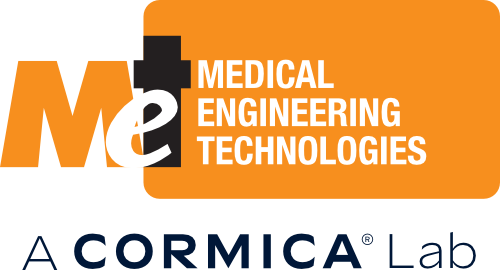New FDA Guidance on Selected Materials for Skin Contact Biocompatibility
The 2018 /2020 edition of ISO 10993-1 emphasises a chemical knowledge of materials over any testing of a device and especially over biological testing. The new FDA Guidance https://www.fda.gov/regulatory-information/search-fda-guidance-documents/select-updates-biocompatibility-certain-devices-contact-intact-skin pursues the reduction of bio-testing by listing materials which are known to be low risk for skin contact. No testing is required for premarket (PMA, 510K, IDE, DeNovo, HDE) if adequate material information is available. Of course the FDA is not the only regulator in the world and testing is currently still required in some other jurisdictions.
The low risk materials identified are given in two groups: polymers and fabrics.
Synthetic polymers
- Acrylonitrile butadiene styrene (ABS);
- Cured epoxy adhesives;
- Fluoropolymers including polytetrafluoroethylene (PTFE), expanded polytetrafluoroethylene (ePTFE), polyvinylidene fluoride (PVDF), and fluorinated ethylene propylene (FEP);
- High impact polystyrene (HIPS);
- Polyamides, including nylon;
- Polybutylene terephthalate (PBT);
- Polycarbonate (PC);
- Polyetheretherketone (PEEK);
- Polyether imide (PEI);
- Polyethylenes, including low-density polyethylene (LDPE) and high-density polyethylene (HDPE);
- Polyethylene terephthalate (PET);
- Polymethylmethacrylate (PMMA);
- Polyoxymethylene (POM);
- Polyphenolsulfone (PPSU);
- Polypropylene (PP);
- Polyurethane (PU); or
- Silicone
Fabrics
- Polyurethane fabrics, including Lycra;
- Cotton fabrics;
- Polyamide fabrics, including nylon; or
- Silk fabrics
Because these materials may still require further investigations in some circumstances, there are a variety of reasons why the FDA request discussion of your biocompatibility plans. These include: previously failed biocompatibility results for the specific material, adverse biocompatibility-related clinical findings for the specific material, indicated use in neonates, indicated use in pregnant women or use in combination products (biological or drug). Also there are exceptions for which greater information is required) including novel materials or bulk metals, devices stored in or containing fluids or creams, in-situ cured polymers, absorbable materials or hydrogels, reprocessed single-use devices and devices containing adhesives in contact with skin.
